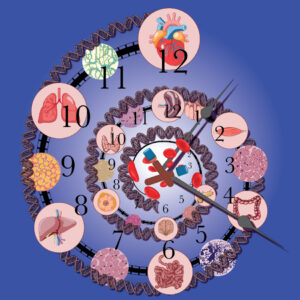Bats are wonders. These are mammals with powered flight, a group of species with a diverse array of senses (sonar!) and lifestyles, that dart around the Sonoran desert where I live, eating flying insects and pollinating native plants. Okay, so they’re also vast reservoirs of coronaviruses, but even that is wildly interesting. Consider a new paper in Nature that just added ten new bat genomes to the genomeosphere (it’s part of an effort called Bat1K; what a time to be alive). They describe scores of immune-related adaptations in bats, many of them clearly positively selected during bat evolution. That alone is interesting, but the work adds to our answers to some big questions: why are bats so tolerant of coronaviruses (they harbor zillions of them but don’t get sick), and how did that come to be in bat lineages? The possible answers are related: bats don’t respond to viral infections (of all kinds) with inflammatory outbursts, and one postulated reason for that is the need for flying mammals, with huge metabolic rates, to avoid triggering inflammation just by being intense. The new paper strengthens this hypothesis by describing significant evolution of immune-related genes in bat lineages, beginning in the ancestral lineage.
Here is some nice science writing from the Results section (lightly edited to remove figure references):
…the ancestral chiropteran branch has almost twice as many immune genes under selection than expected […], thus exhibiting a higher excess of immune gene selection than ancestral branches of all other orders (for example, 42 versus 25 for Afrotheria and 20 versus 21 for Rodentia). A similar pattern is observed for GO ‘immune response’ and SARS-CoV-2 relevant immune pathways. By contrast, genes that are potentially relevant for other bat adaptations (such as longevity and echolocation) show no excess of selection. Together, these data indicate that chiropteran immune system changes are distinctive adaptations that originated early in the chiropteran lineage at the branch in which powered flight also evolved.
Bat genomes illuminate adaptations to viral tolerance and disease resistance
Nature 29 Jan 2025
From the labs of Michael Hiller and Aaron Irving
Snippet by Stephen Matheson
